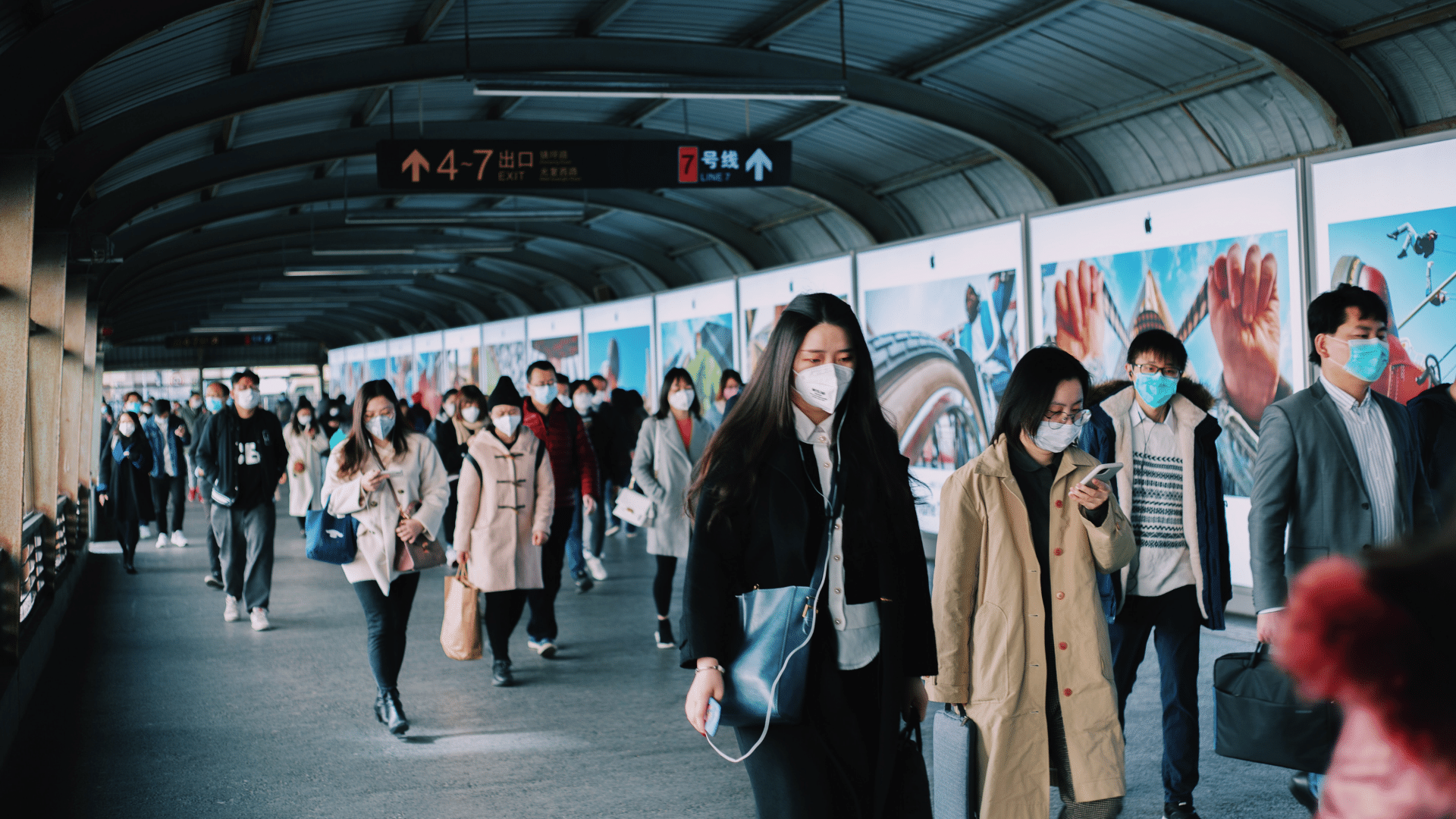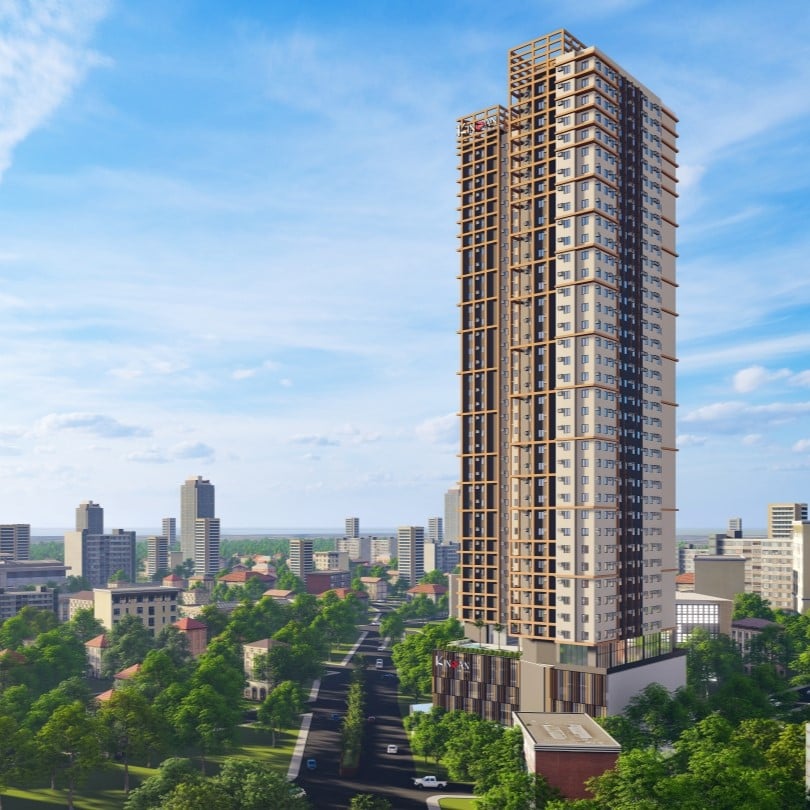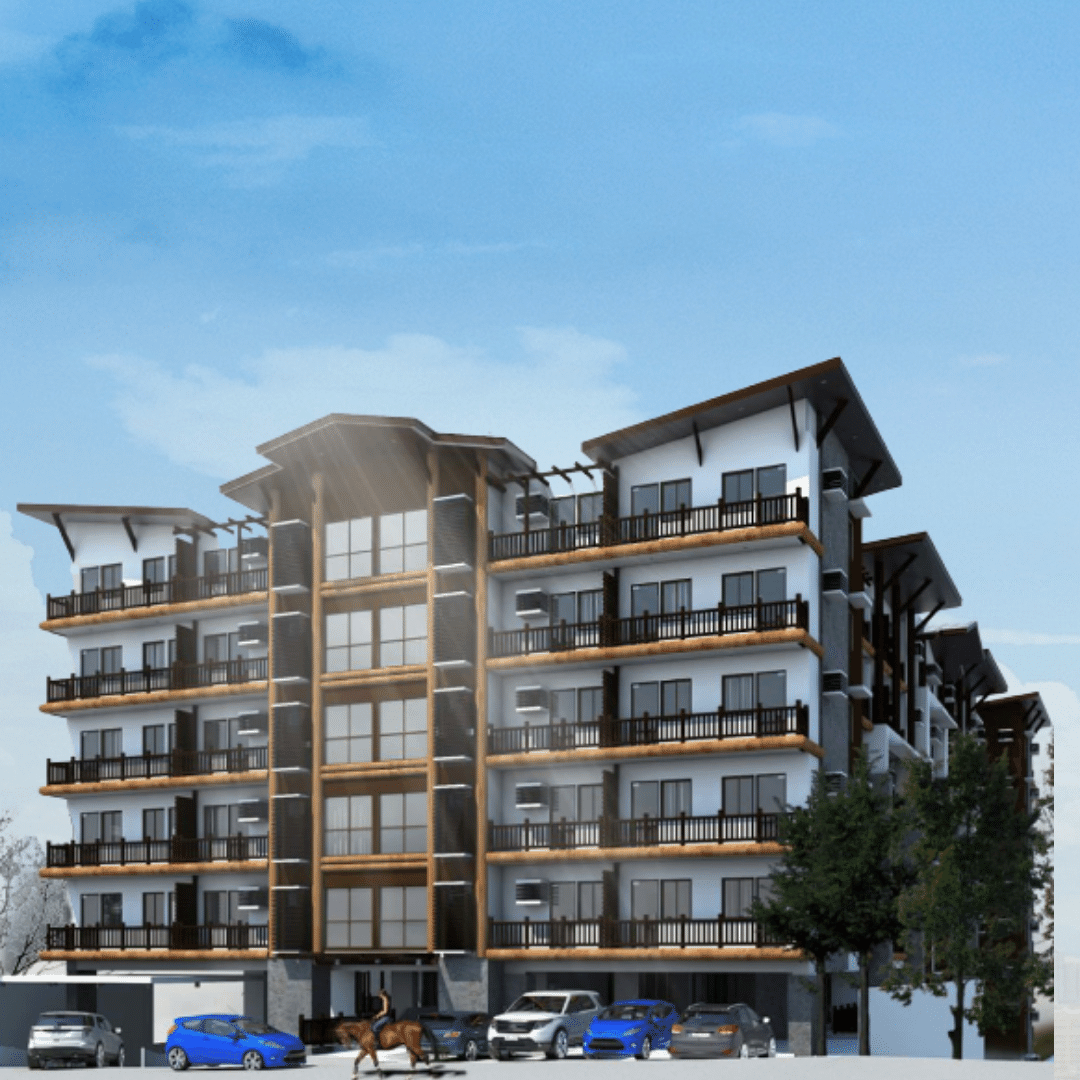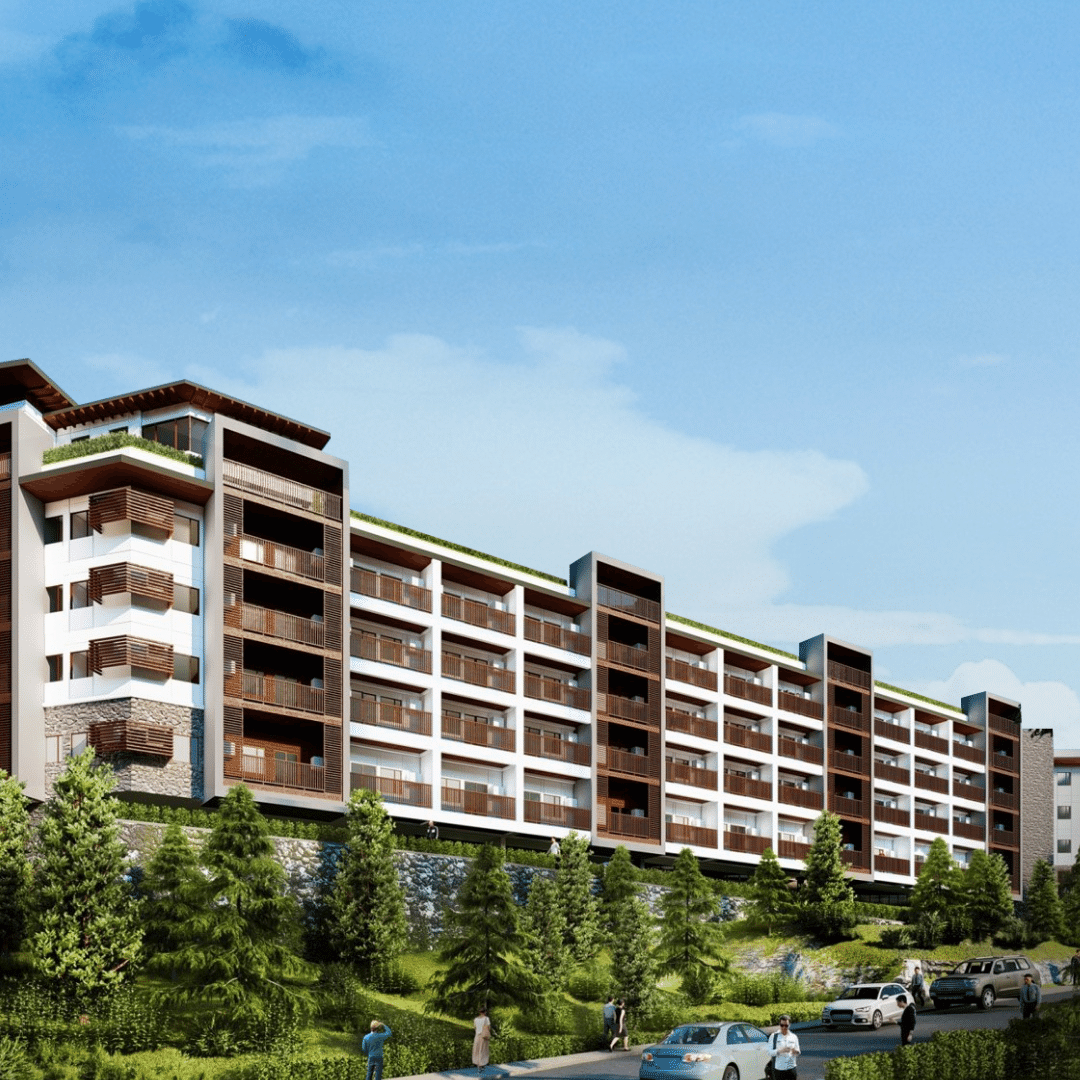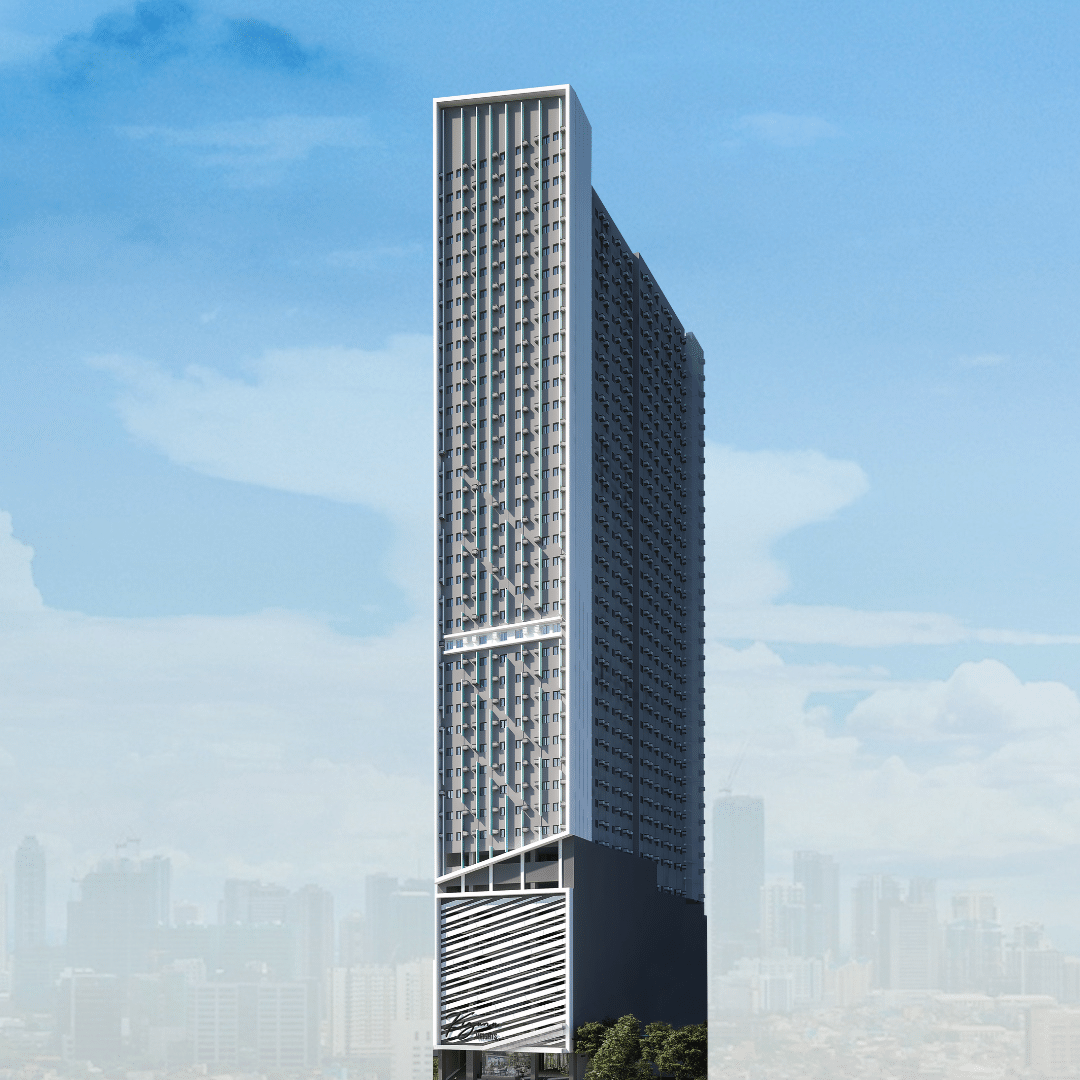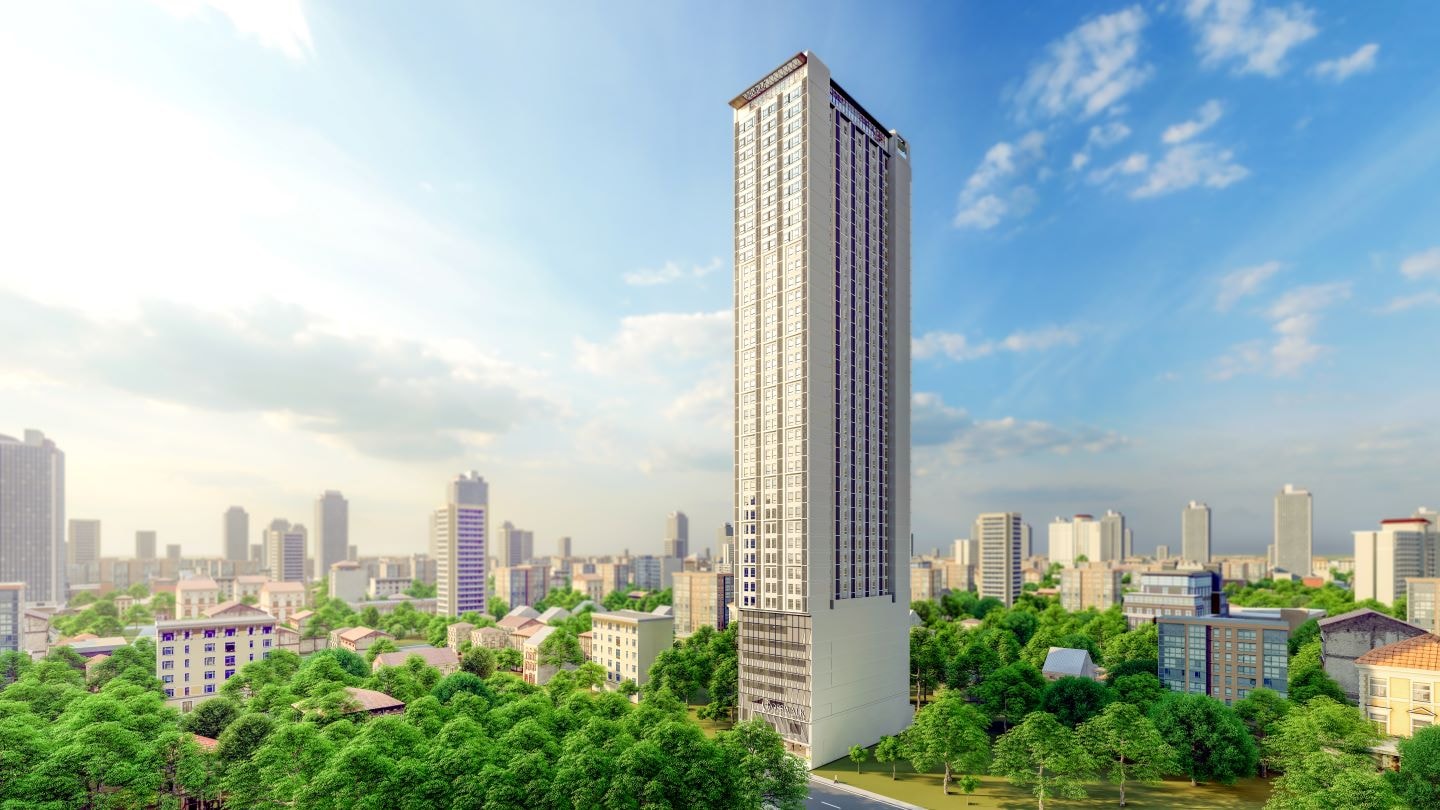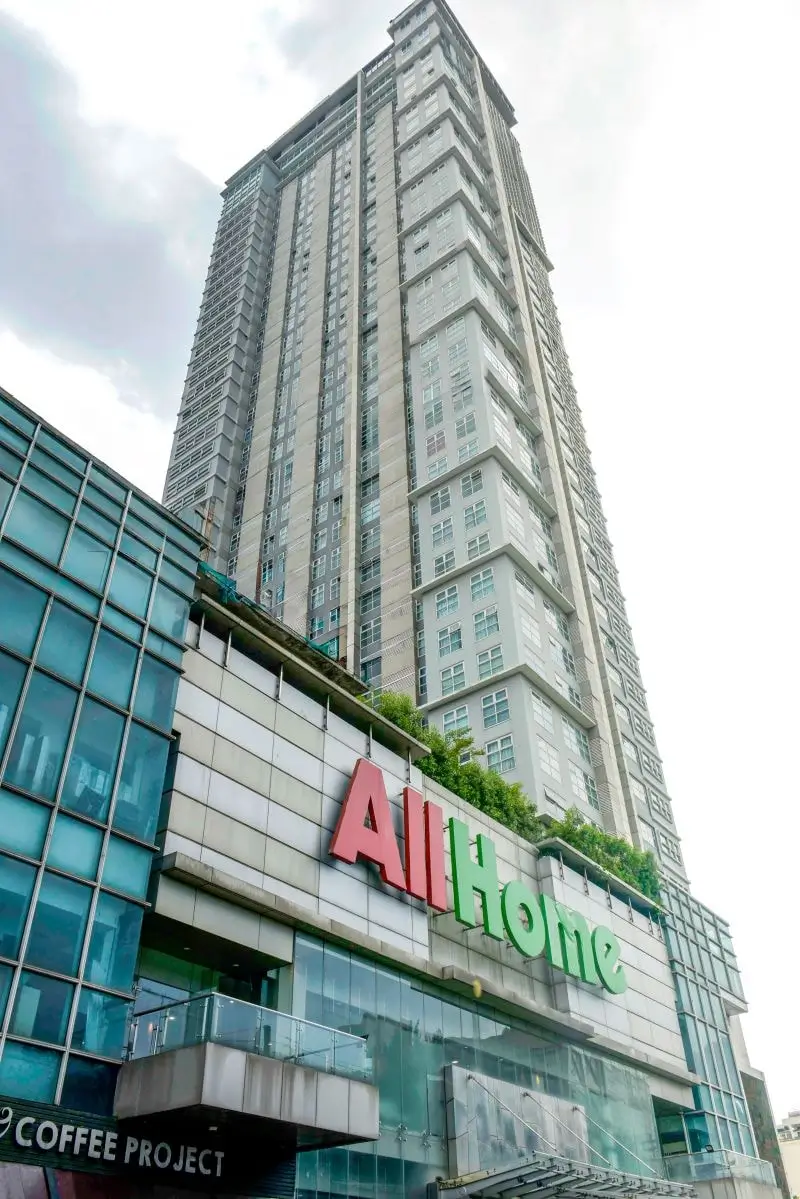For the past two years, the COVID-19 pandemic has disrupted every facet of life. People were left with so many questions but left with one common question in mind – When will this pandemic end?
In many ways, the Philippines is returning to normalcy: masks are no longer necessary in many areas, schools and universities are set to reopen, and the days of social distancing are beginning to fade as campaigns and public events draw crowds. There is already a recovery on sight since there have been actions made on coronavirus restrictions, including expanding COVID testing, vaccination has laid the groundwork for strong immune responses, livelihood is slowly rising from the ground, and other strategies were made to mitigate the spread of the virus.
The government is rushing to repeal the last remaining pandemic-prevention measures and coronavirus restrictions, anxious to put the country back on track after two years of tremendous change. But as the country moved forward, coronavirus restrictions became more lenient compared to the previous months.
IAFT Guidelines in the Philippines
In September of 2021, the new alert level system was authorized through the Philippines' Inter-Agency Task Force's (IATF) guidelines. Levels 1 through five were assigned to the new quarantine procedures, which also contained options for isolated lockdowns.
The more challenging the requirements are, the higher the alert level number. Inter-Agency Task Force (IATF) has been categorizing and implementing coronavirus restrictions in provinces and cities depending on the risk and contamination of the virus in specific areas. New COVID-19 cases in the country began to fall below 10,000 instances earlier this month.
Some provinces have been categorized under Alert Level 1. All establishments, persons, or activities in areas and cities under Alert level 1 are permitted to operate, work, or engage in activities at total on-site or venue/seating capacity as long as they comply with minimum public health standards, according to IAFT guidelines of 2022 in the Philippines. For an area to be placed under Alert Level 1, it should have a hospital utilization rate of below 49%, a zero or decreasing COVID-19 two-week growth rate, and an average daily attack rate below 1.
On the other hand, Metro Manila remains in COVID-19 Alert Level 2 until February 28. Establishments or activities in these areas have to undertake a maximum of 50% indoor venue capacity for fully vaccinated individuals and those below 18 years of age, even if unvaccinated, and 70% outdoor venue capacity according to the IAFT guidelines 2021 here in the Philippines. Mayors in Metro Manila have stated that once the region's status is reduced to the most lenient Alert Level 1 – dubbed the "new normal" – they are ready to open additional sectors and enterprises.
In addition, Malacañang also said the Inter-Agency Task Force (IATF) has decided to place seven areas under Alert Level 3 from February 16-28. Davao de Oro, Davao Occidental, Guimaras, Iloilo City, Iloilo Province, South Cotabato, Zamboanga City are still under the seven areas. Establishments and activities characterized as high-risk for transmission shall not be allowed to operate or be undertaken in areas classified under Alert Level 3.
According to IATF co-chairman Karlo Nograles, Argentina, Brunei Darussalam, Cambodia, Chile, Denmark, Ecuador, Indonesia, Myanmar, Papua New Guinea, Peru, Portugal, Spain, Azerbaijan, Macau SAR, and Syria recognize vaccination certificates.
As it continues to revise its pandemic protocols in order to promote economic activity and revive tourism, the government has loosened entrance criteria for incoming foreign citizens. Since reopening the country to foreign visitors on February 10, the Inter-Agency Task Force for the Management of Emerging Infectious Diseases (IATF) has validated the COVID-19 vaccination certificates of different nations and territories. After the announcement of reopening the borders, over 21,000 tourists arrived in the country.
The Philippines is the latest in a long line of Southeast Asian countries to reopen their borders to visitors in order to boost their economy. Last year, tourist arrivals from the Philippines' key markets of Japan, South Korea, and China fell by 83 percent to 1.4 million.
But with this era of coronavirus restrictions and more lenient and less strict IAFT guidelines, does the pandemic appear to come to an end?
We can all agree that the era of coronavirus restrictions is coming to an end, but that doesn't mean coronavirus disease 2019 (COVID-19) is no longer a threat. After the challenging two years of battling coronavirus, it appears that the virus is transitioning to a reasonably quiet phase, with low numbers of cases and minimal severe sickness, indicating that the infection has been contained. But this does not imply that the pandemic has ended. Unfortunately, many people mistakenly believe that when authorities or countries declare that people just have to live with the virus and lift all limitations. Given the numerous potential for the virus to plague the world in the months and years ahead, saying that the pandemic will end will remain a dream.
If the virus persists as a threat, significant changes might occur, all coming from a de-densifying of life in general. This tendency would have an impact on people's living, working environments, economy, and even in each one's personal lives. To date, we've been really fortunate in putting such highly potent vaccinations into the hands of billions of people in a period that would never have been imagined. Even though they are geared against the initial strain of the coronavirus, these vaccinations have held up well with boosters, preventing vaccinated patients from severe sickness.
As the pandemic brought by coronavirus 2019 draws to a conclusion, it's tempting to speculate about where we'll go once the epidemic is over. In the spirit of the end of pandemic speculation regarding COVID-19's long-term consequences, our best defense is to be prepared for the worst-case situation. It is preferable to be clever rather than fortunate while dealing with this dangerous infection. When the worldwide spread of COVID-19 stops, it will no longer be considered a pandemic but, instead, an epidemic.
If you are thinking of moving into a new condominium, check out Vista Residences!
Vista Residences is the condominium arm of the country’s largest homebuilder, Vista Land & Lifescapes, Inc. that offers ready for occupancy and pre-selling condominium projects in Manila, Makati, Mandaluyong, Quezon City, Ortigas, Baguio, Cebu, and CDO that are strategically located within major cities, in close proximity to premium universities, transit-oriented locations, and developed business districts.
For more information on Vista Residences, email [email protected], follow @VistaResidencesOfficial on Facebook, Twitter, Instagram, and YouTube, or call the Marketing Office at 0999 886 4262 / 0917 582 5167.
